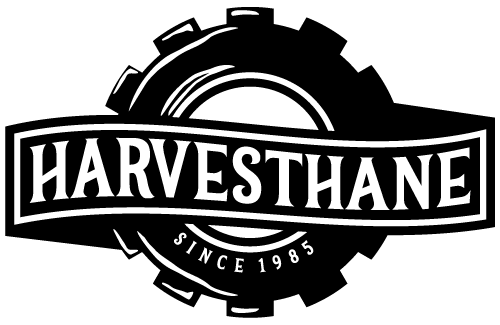We are known for our engineering expertise and technical fluency regarding product and process design. We believe sharing this information helps expedite delivering optimum products to market. This knowledge center is based upon our own experience and rubber molding industry (such as ARPM) standards.



